November 7, 2024 | 23:56 GMT +7
November 7, 2024 | 23:56 GMT +7
Hotline: 0913.378.918
November 7, 2024 | 23:56 GMT +7
Hotline: 0913.378.918

Dong Thap registered the specialized area for high-quality rice cultivation in the whole province at 70,000 ha by 2025 and 163,000 ha by 2030. Photo: Le Hoang Vu.
The Ministry of Agriculture and Rural Development (MARD) has developed the scheme "Sustainable Development of One Million Hectares of High-Quality Rice Cultivation Associated with Green Growth in the Mekong Delta". In which, Dong Thap registered the specialized area of high-quality rice cultivation in the province at 70,000 ha by 2025 and 163,000 ha by 2030.
Previously on November 29,2022, at the working session of MARD’s Department of Crop Production and Dong Thap province to consult on the policy of building the scheme, Dong Thap was considered one of the localities with favorable conditions to implement the scheme of 1 million ha specializing in high-quality rice cultivation in the Mekong Delta.
Dong Thap has a total annual rice cultivation area of approximately 490,000 ha (190,000 ha of winter-spring crop, 186,000 ha of summer-autumn crop, and 110,000 ha of autumn-winter crop), of which 75% of high-quality seed structure is planted.
According to Mr. Le Quoc Dien, Deputy Director of the Dong Thap Department of Agriculture and Rural Development, in the past, Dong Thap has effectively implemented many rice production models to reduce costs, bringing high economic efficiency. In which the VnSat Project (31,779 ha) and the WB Project (22,600 ha) are considered areas that focus on infrastructure investment and training for farmers to reduce production costs and link consumption completely.
At the consultation workshop for the scheme "Sustainable Development of One Million Hectares of High-Quality Rice Cultivation Associated with Green Growth in the Mekong Delta" held by MARD on March 17 in Can Tho city, Dong Thap expressed consensus and highly regarded the scheme’s idea. The province had a specific plan to participate in the scheme in the 2025 - 2030 period. Dong Thap will particularly develop a digital transformation program in service of agricultural development.
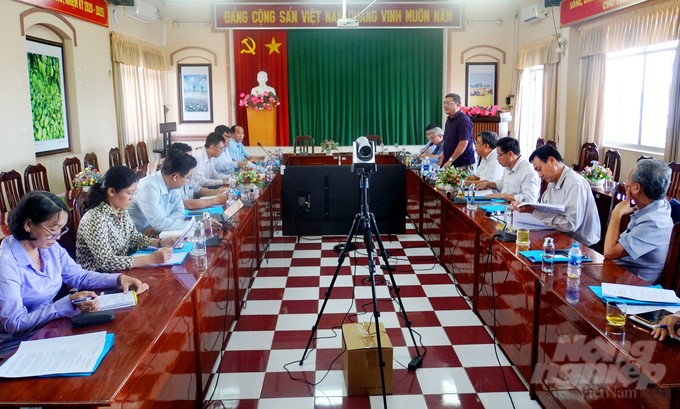
The delegation of MARD's Department of Crop Production worked with Dong Thap Province on November 29, 2022. Photo: Le Hoang Vu.
The specialized area of 1 million ha of high-quality rice can be considered a model of low-emission rice production, and Vietnam is the first country in the world to approach this direction. The scheme will thus attract the attention and support of international partners in financial resources, science, and technology in the face of challenges like climate change and food security.
Along with that is the carbon credit trading through high-quality, low-emissions rice production, contributing to Vietnam's commitment to achieve net-zero emissions by 2050. Farmers participating in the scheme will enjoy the results of their own work and, at the same time, mobilize more economic sectors to participate in the implementation of the scheme.
According to Mr. Cao Thang Binh, Senior Agricultural Specialist of the World Bank in Vietnam, the World Bank is ready to support cooperatives in the Mekong Delta. Emission-reduction production cooperatives will be paid carbon credits, equivalent to about USD $150/ha. It is estimated that each year, Vietnam's agricultural industry can reduce at least 10 million tons of carbon, earning about USD $100 million/year.
Through working with the World Bank on the payment of carbon credits, it is possible that in 2024 this credit can be paid for rice areas implemented under the VnSAT Project, ensuring production with greenhouse gas emission reduction through advanced technical programs such as "1 must 5 decrease", "3 decrease, 3 increase," plus solutions to withdraw water in the middle of the crop.
In the project, MARD sets a target that by 2025, the specialized area for high-quality rice cultivation in the Mekong Delta will reach over 500,000 ha, equivalent to about one million ha planted, with an output of about 6.2 million tons of paddy (3.8 million tons of rice), thereby promoting the average profit of rice growers to over 35%, reducing the amount of rice seed to 80 kg/ha, and reducing the amount of chemical fertilizers and pesticides by 30%.
By 2030, the specialized area of high-quality rice in the whole Mekong Delta will fulfill the target of 1 million ha, equivalent to about 2 million ha of rice cultivation, with an output of about 12.4 million tons of paddy (7.7 million hectares of rice). Thanks to the project, the average profit of rice growers will exceed 40%; the rate of GAP application area and recognized equivalent is expected to reach 100%, and the rate of application of high technology and digital technology reaches will be over 50%.
According to the estimate, the budget for the project of 1 million ha of rice in the period of 2023 -2030 is over VND 40,000 billion. On average, 1 ha of high-quality rice is worth VND 40 million.
Translated by Huyen Vu
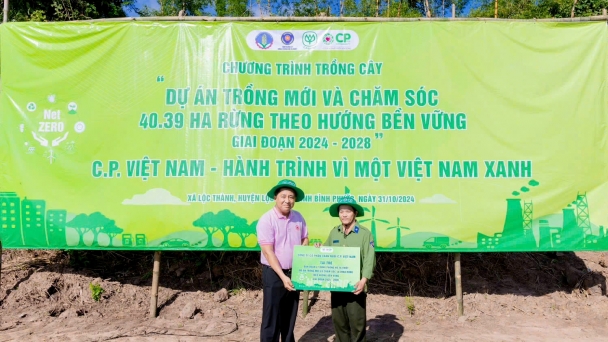
(VAN) C.P. Vietnam recently collaborated with the Ta Thiet Protective Forest Management Board to hand over a forest planting and care project in Ta Thiet.
/2024/11/06/0931-2-120330_664.jpg)
(VAN) 'When pig farmers see that the AVAC ASF LIVE vaccine provides good protection, they will proactively transfer their experience to those around them,' shared Dr. Nguyen Van Diep.
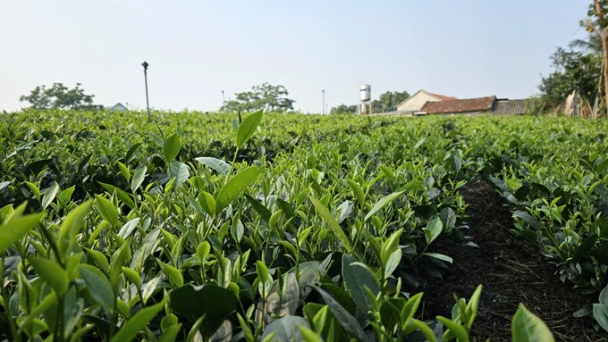
(VAN) On the morning of November 5, the new tea varieties and tea cultivation techniques were introduced at the "Connecting production and consumption of high-quality tea" forum.
/2024/11/05/0202-2-115107_681.jpg)
(VAN) In March 2024, pig farming households in Bong Mac village, Lien Mac commune, Me Linh district (Hanoi) all lost everything, except for the farm of Mr. Hoang Van Chuyen's family.
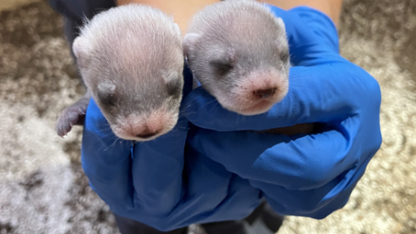
(VAN) Proof clones can reproduce safely is key to restoration of severely endangered ferrets and other species, experts say.
/2024/11/04/3941-1-143013_638.jpg)
(VAN) Ninh Thuan approved the project to develop the shrimp seed production industry with the goal of becoming the country's high-quality shrimp seed production center in the 2021-2030 period.
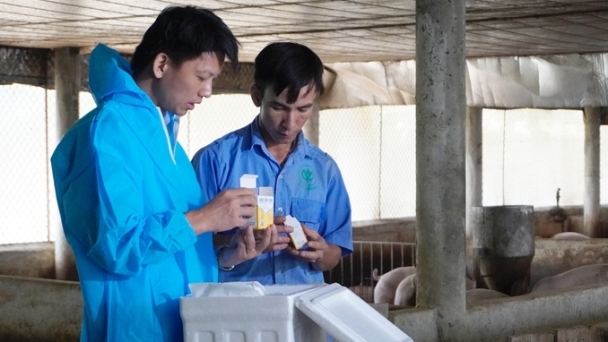
(VAN) Pham Trung Hieu, a farmer in Ha Thach Commune, Phu Tho Town, has vaccinated his entire pig herd against the African swine fever (ASF).